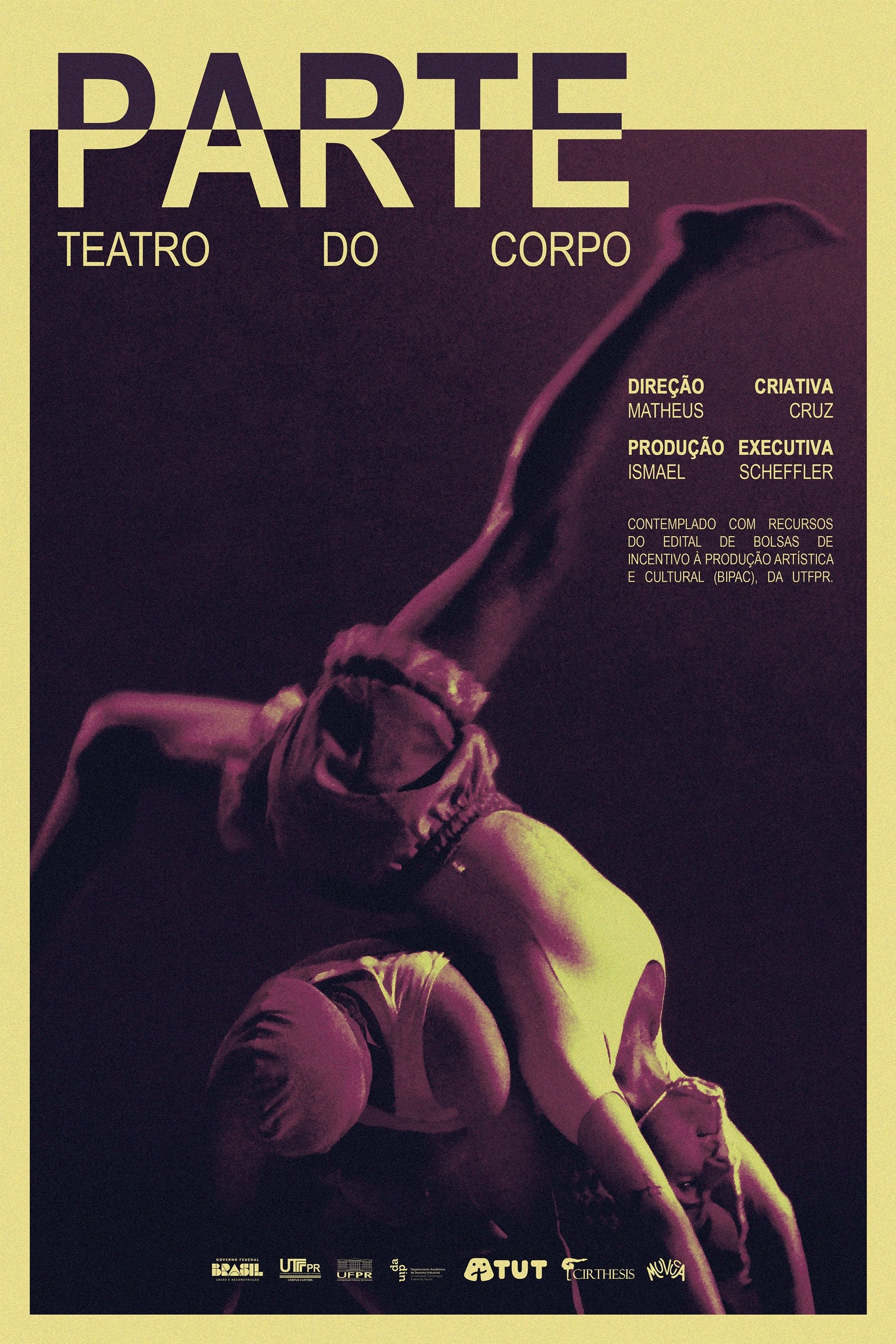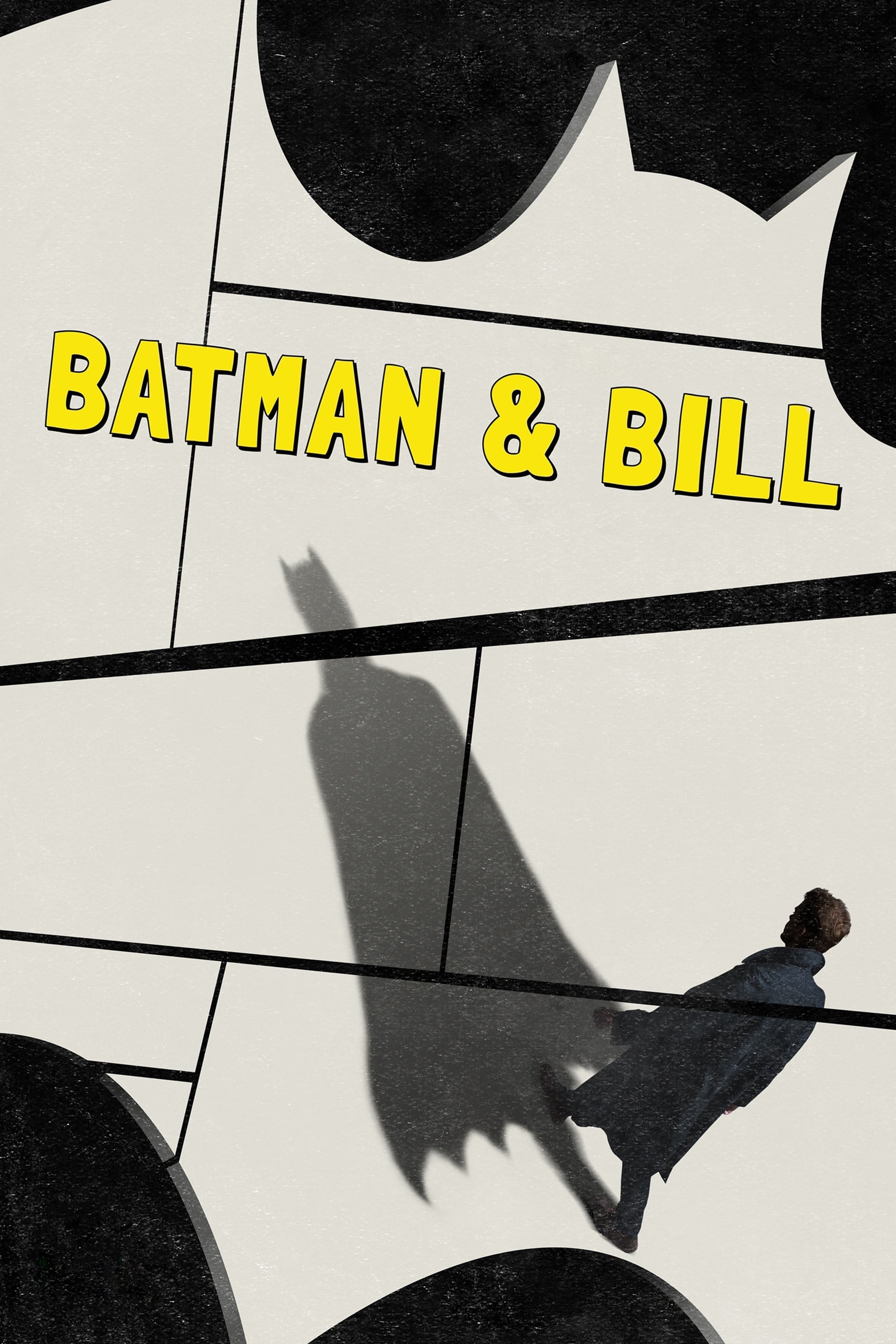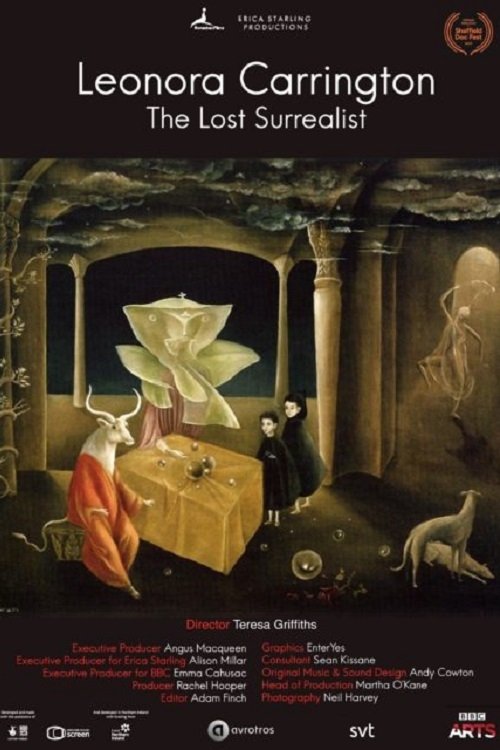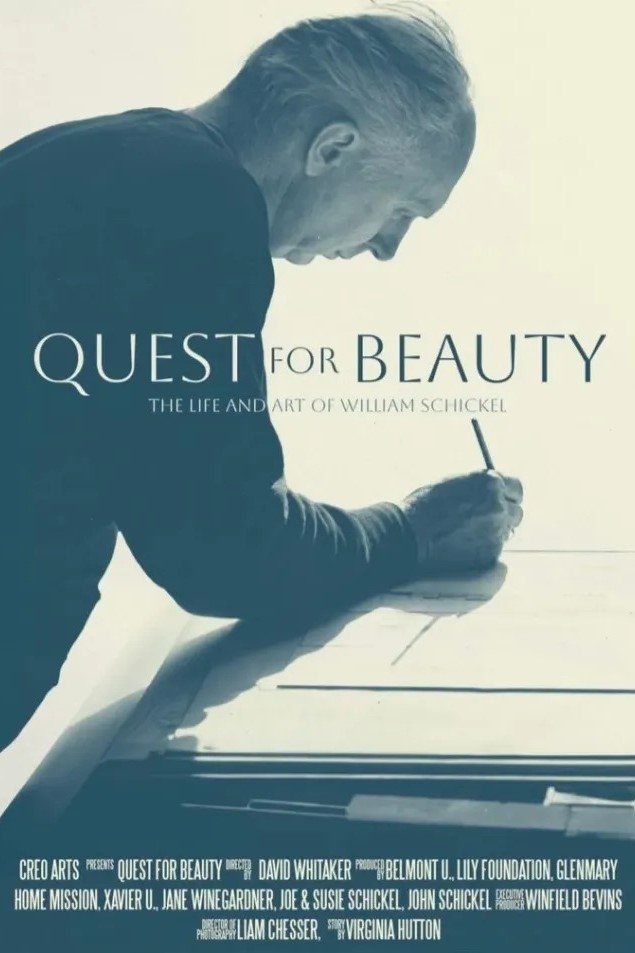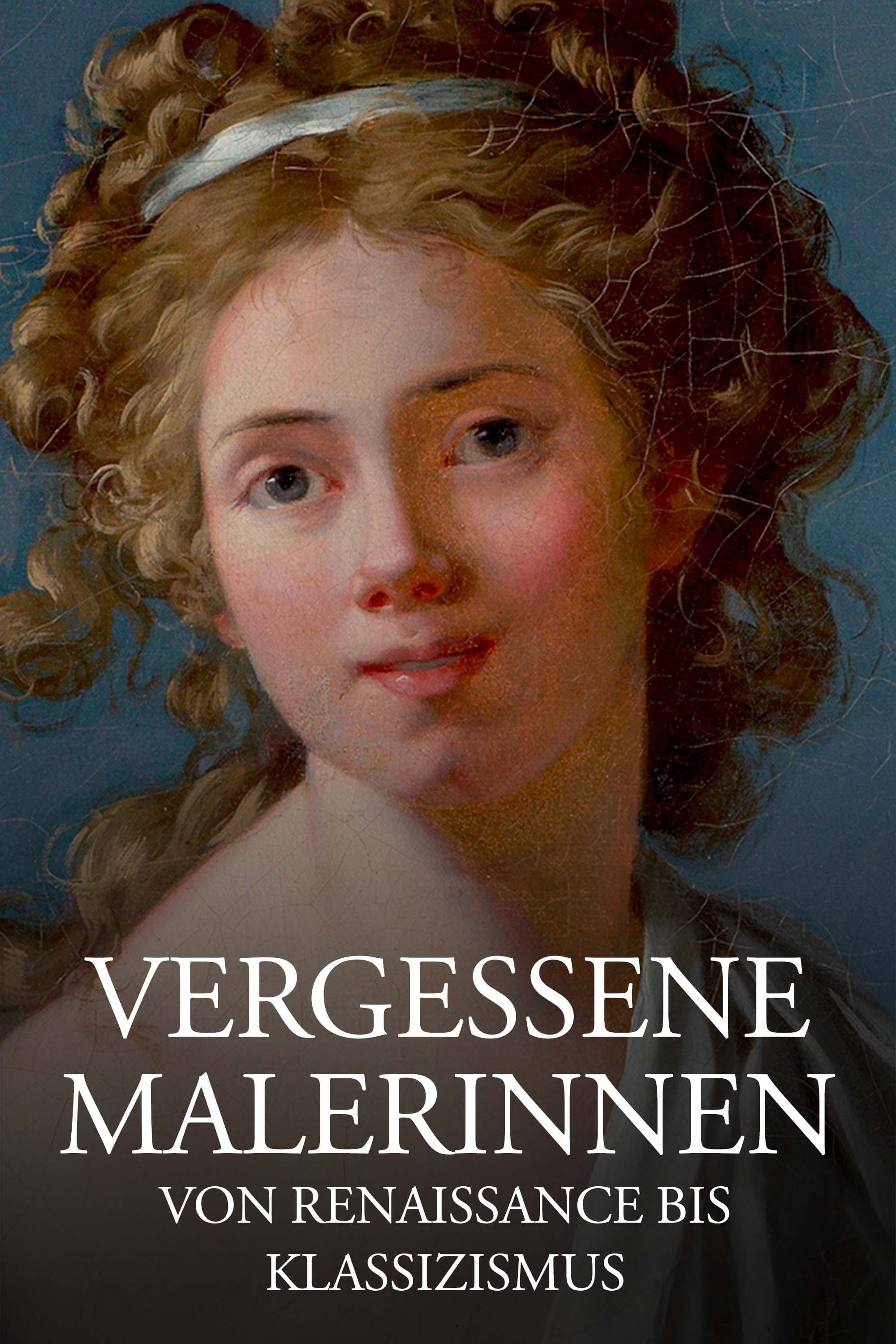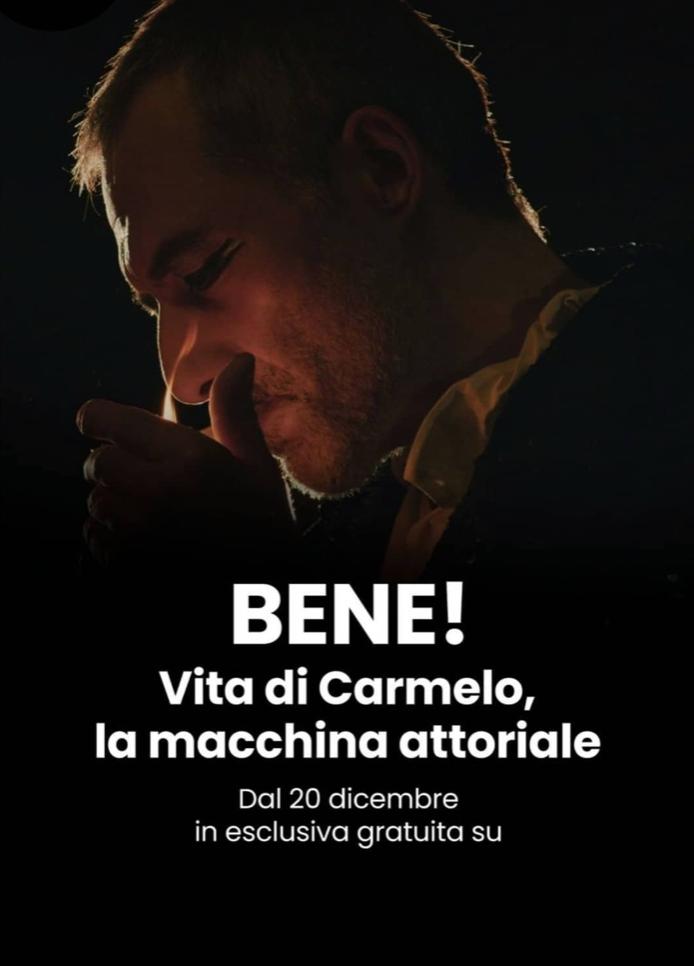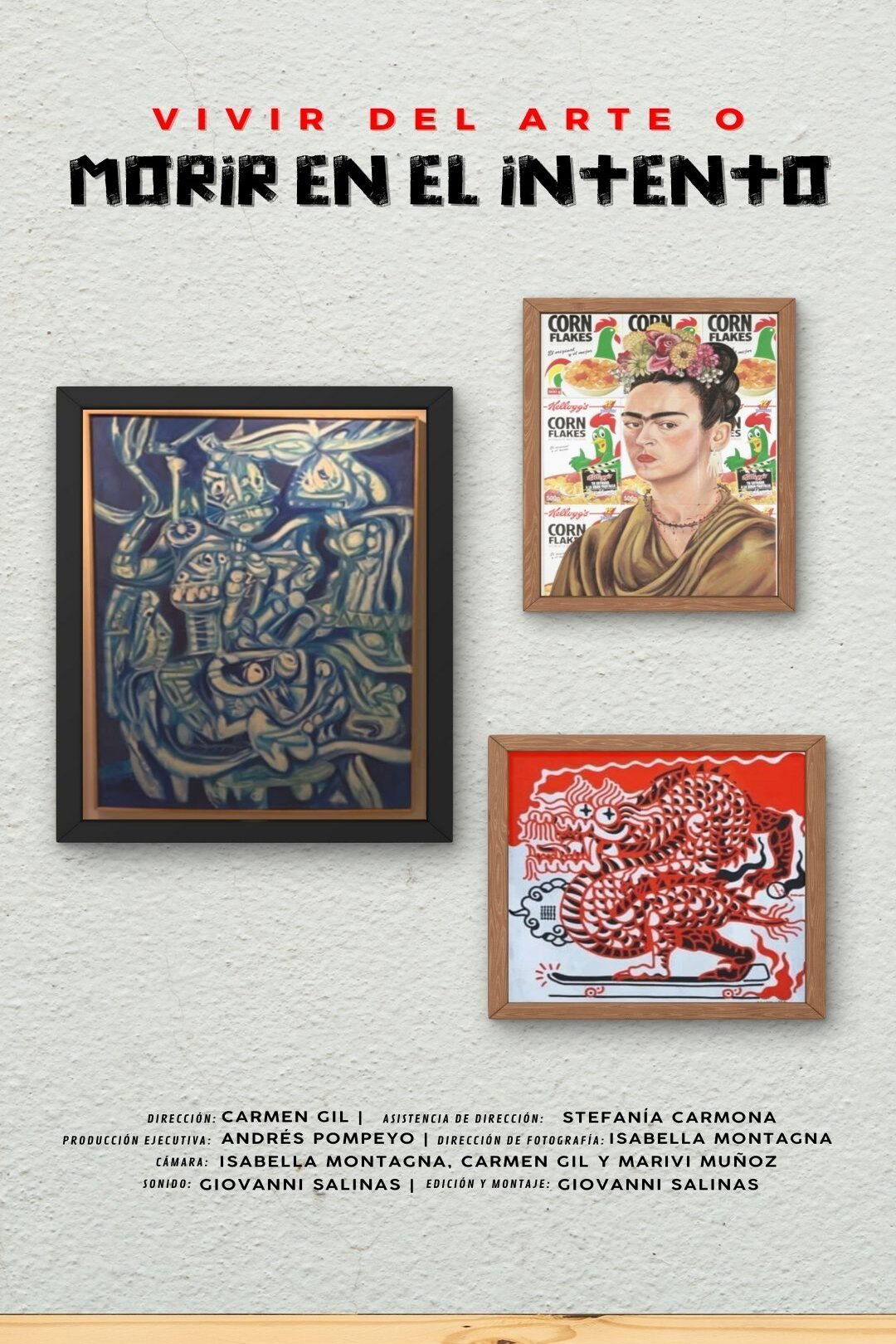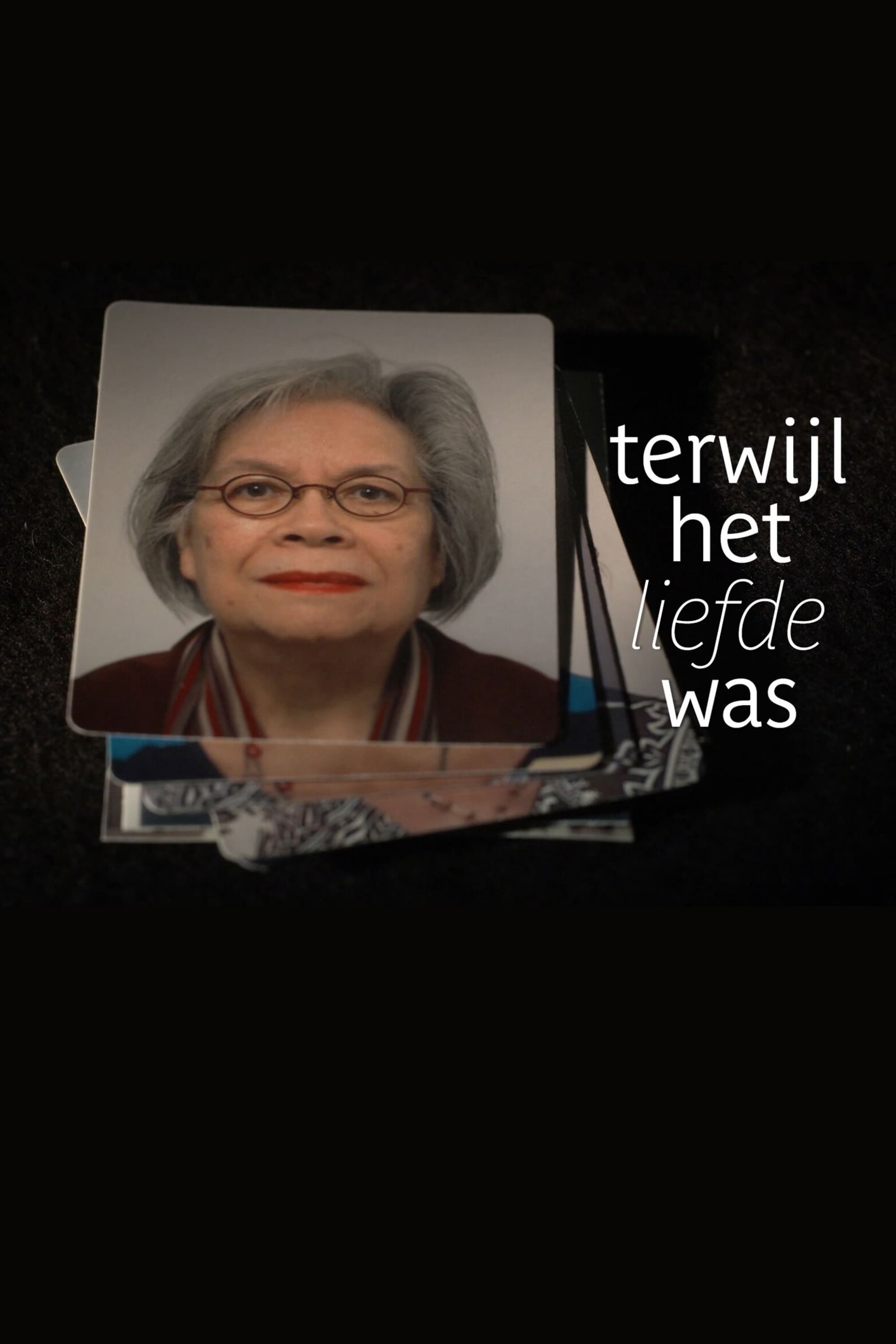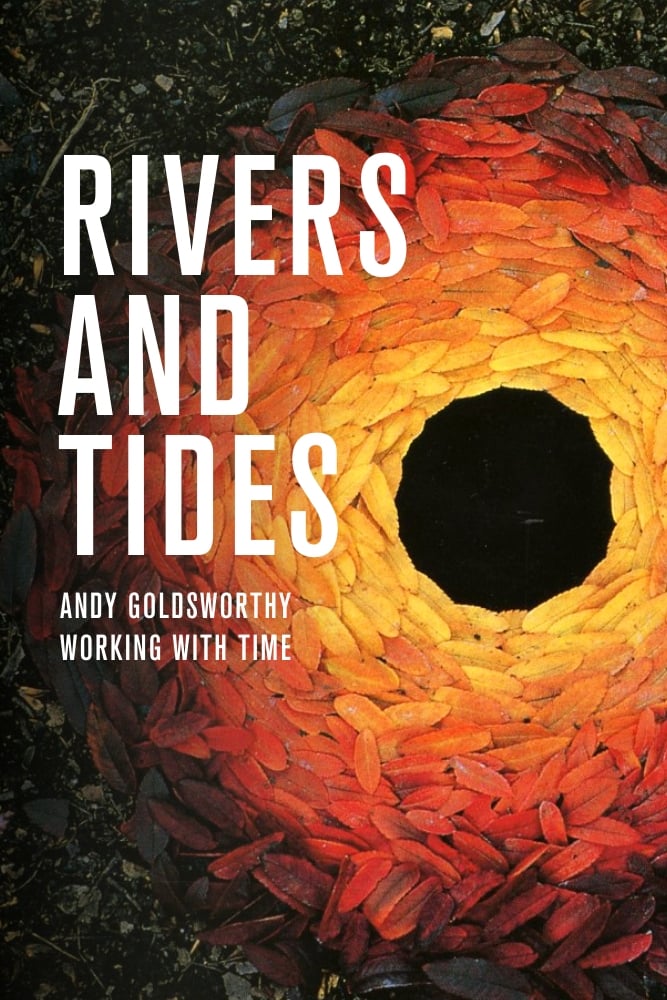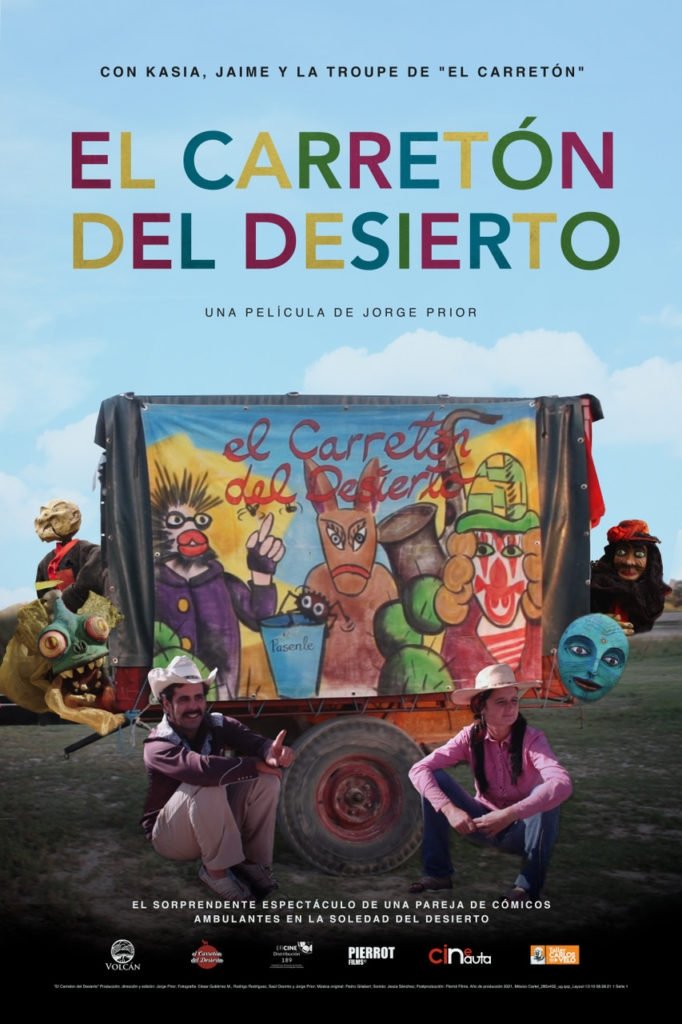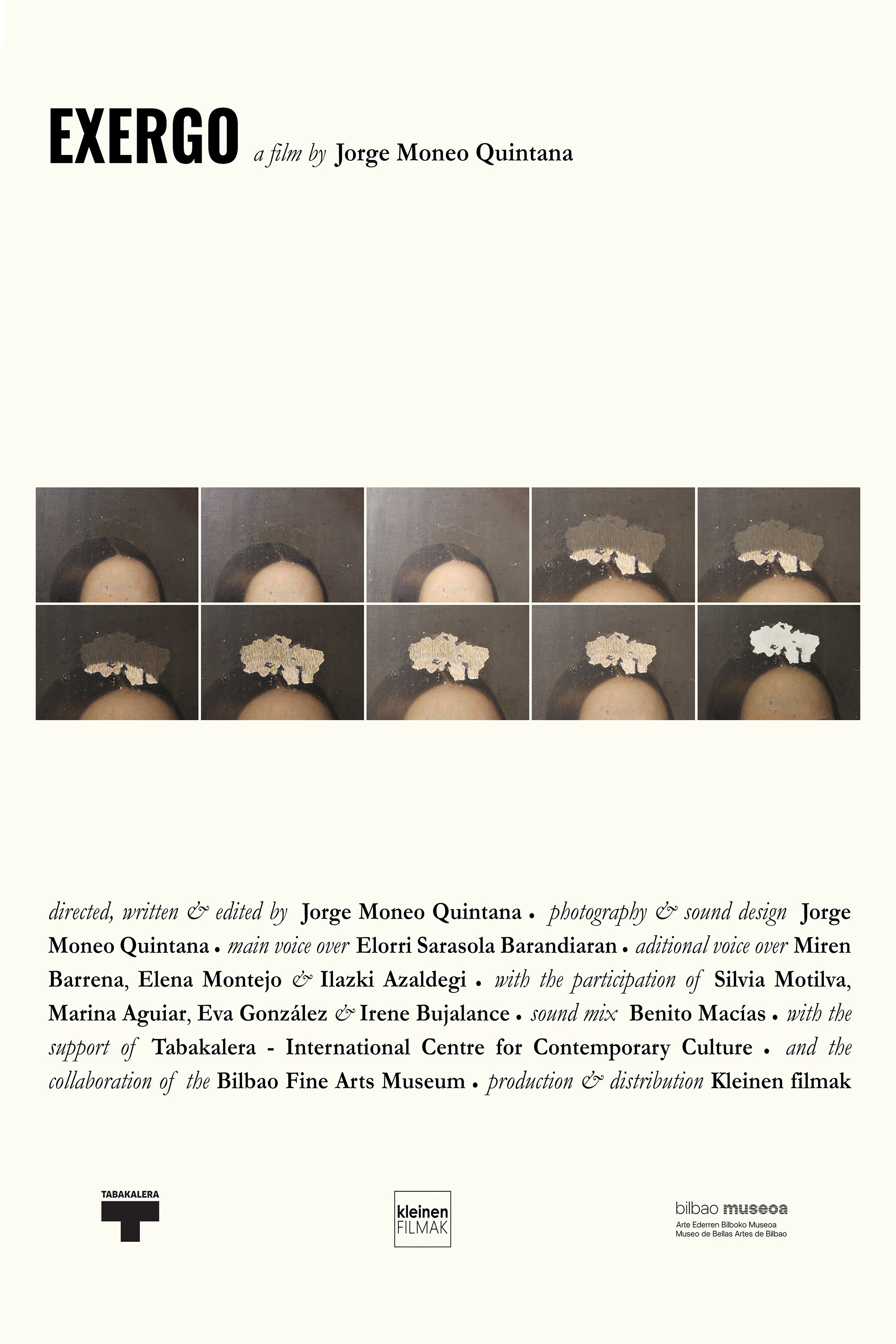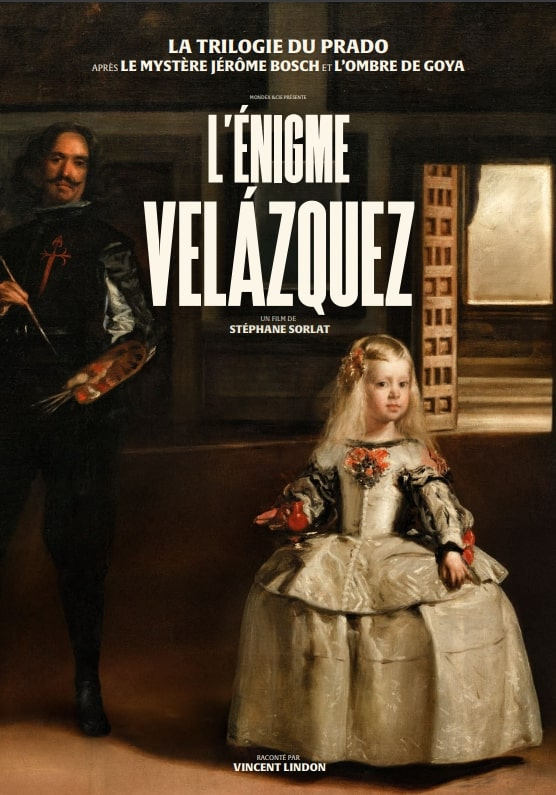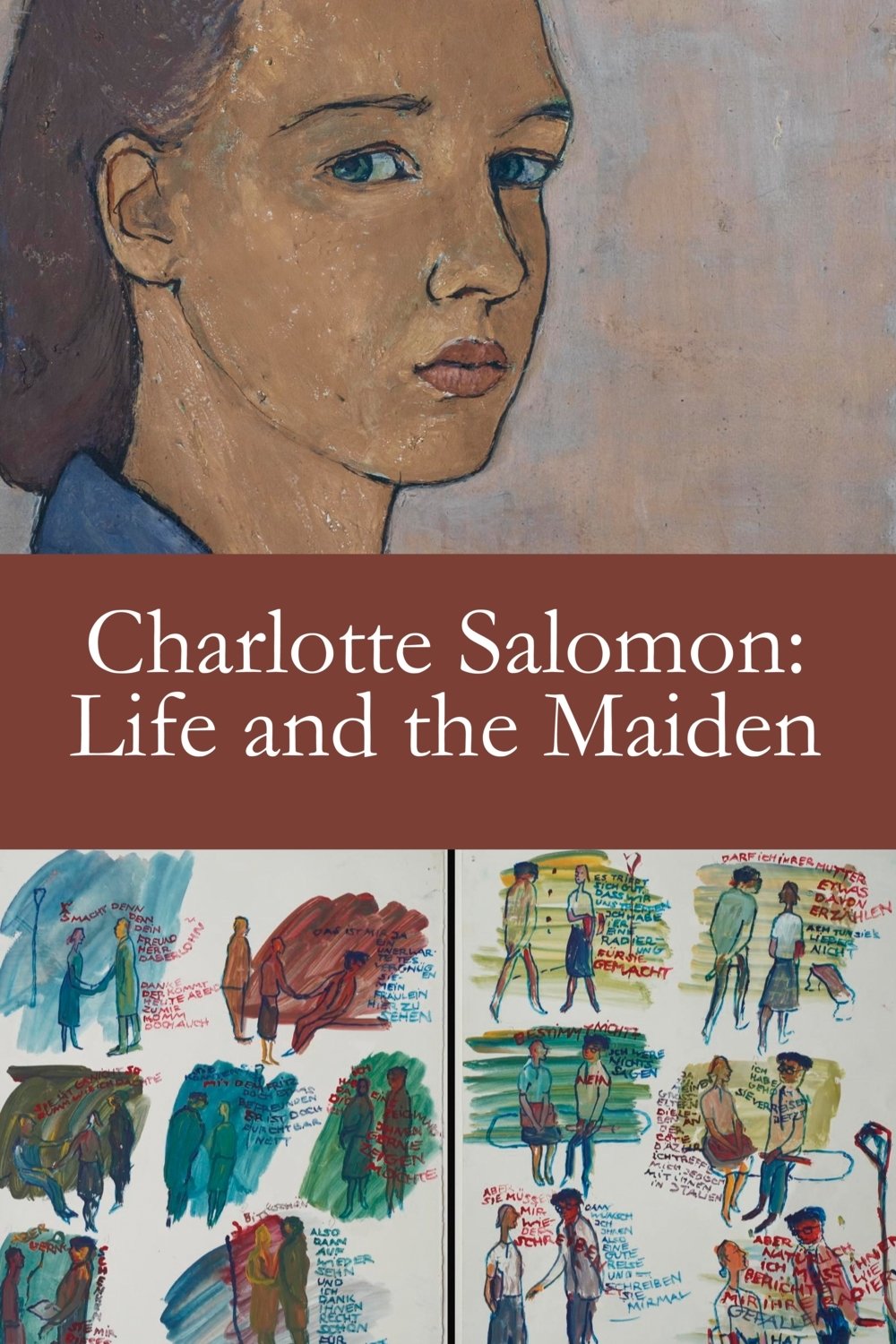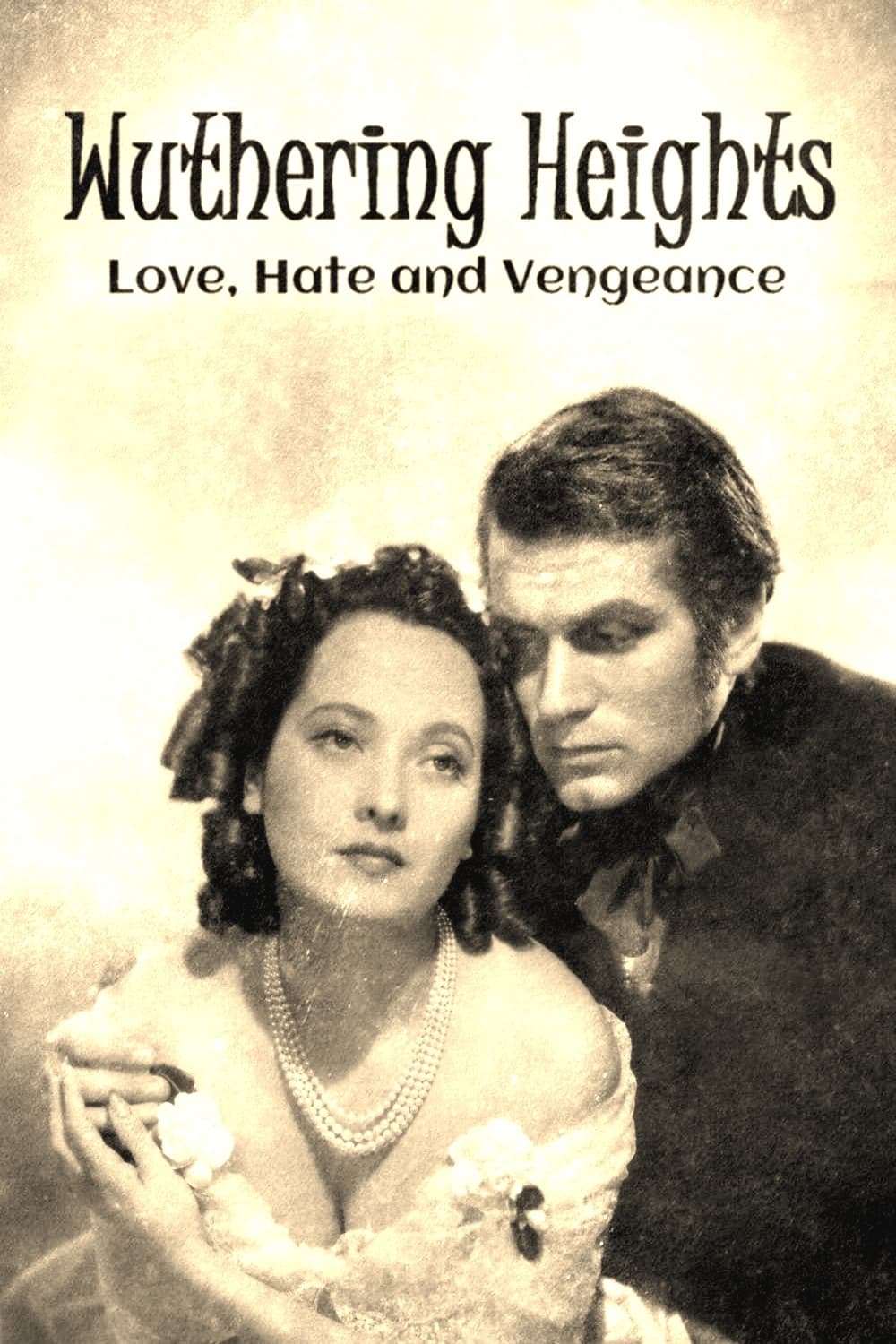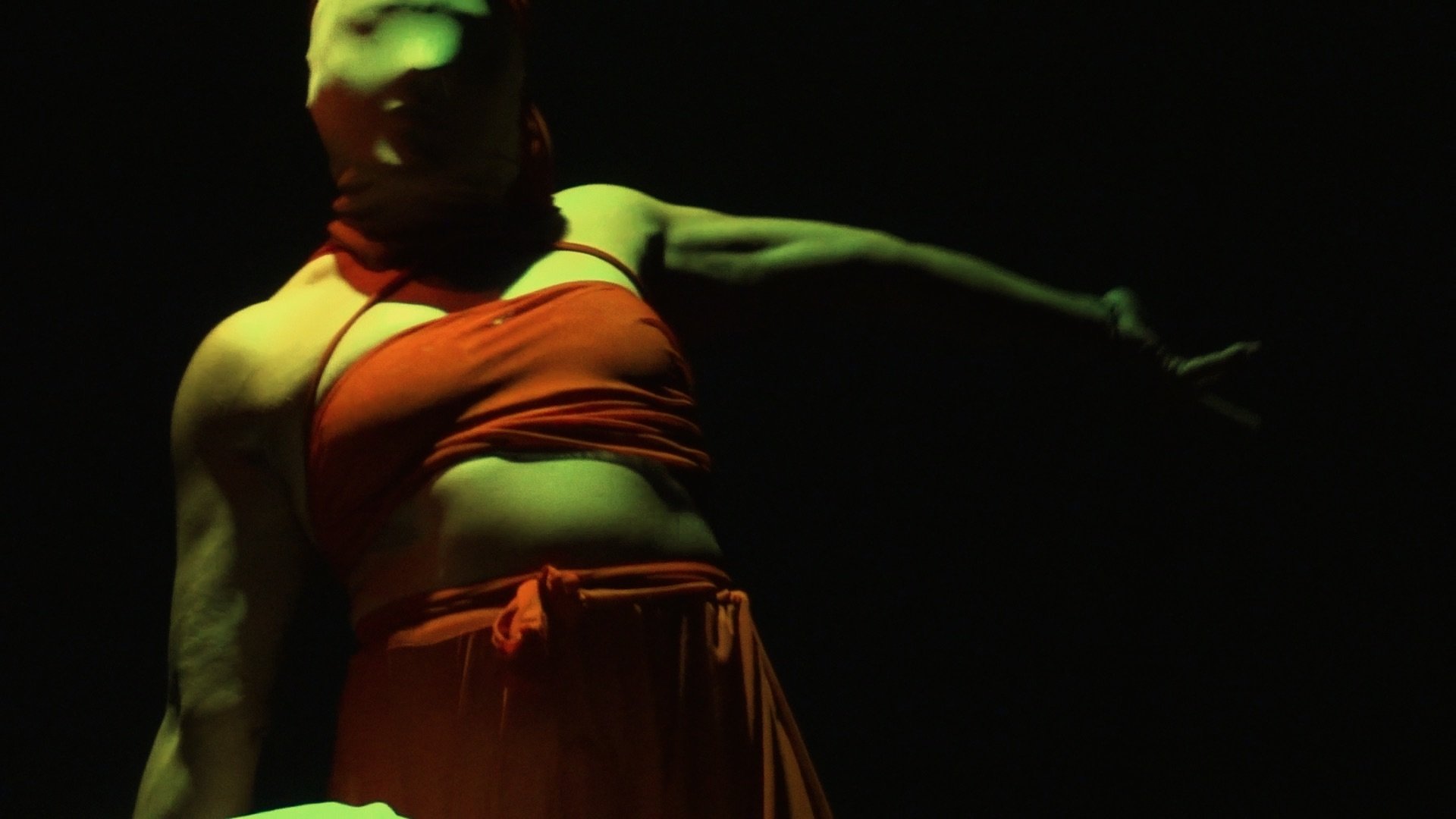
Parte - Teatro do Corpo
2025
00.0(0 votes)
Documentary
Overview
Links & Resources
Social & External
Cast & Crew
11 members
Acting
Ismael Scheffler
Unknown Role
No Image
Acting
Bruno Tucunduva
Unknown Role
No Image
Acting
Monique Rau
Unknown Role
No Image
Acting
Iara González Melo
Unknown Role
No Image
Acting
Grazi Monserrat
Unknown Role
No Image
Acting
Mazi Moreto
Unknown Role
No Image
Acting
Mônica Krzyzanoski
Unknown Role
No Image
Acting
Vitor Pêgo
Unknown Role
No Image
Acting
Danka Oliveira
Unknown Role
No Image
Acting
Ric Branger
Unknown Role
No Image
Acting
Semy Monastier
Unknown Role
No Image
